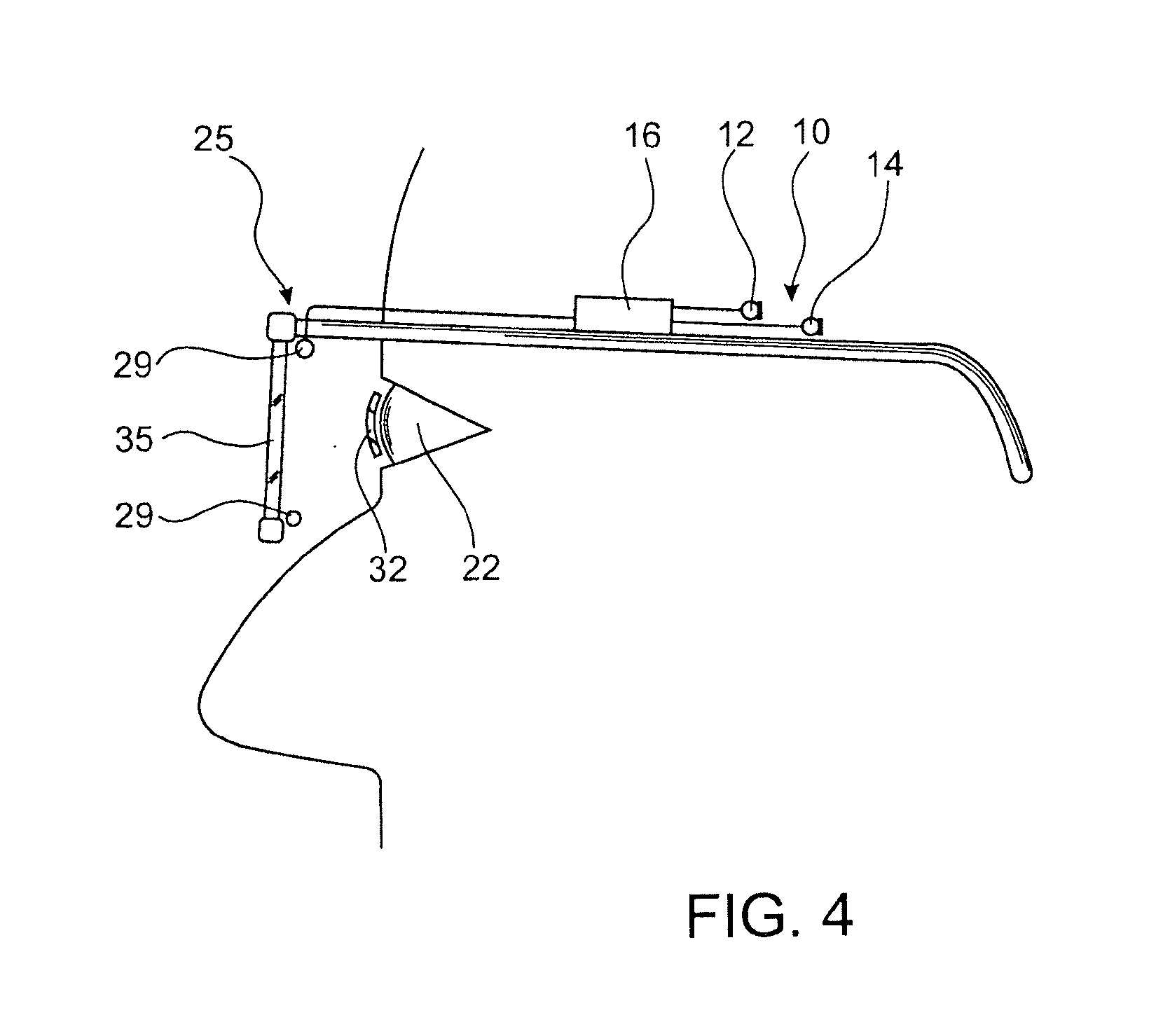Hearing instrument and method for providing hearing assistance to a user
a hearing aid and user technology, applied in the field of hearing aids, can solve the problems of skin irritation, potential infection risk, and even more severe problems for fully or partially implantable electro-mechanical hearing aids
- Summary
- Abstract
- Description
- Claims
- Application Information
AI Technical Summary
Benefits of technology
Problems solved by technology
Method used
Image
Examples
Embodiment Construction
[0018]FIG. 1 is a block diagram of a first embodiment of a hearing instrument according to the invention, which comprises a microphone arrangement 10, which preferably consists of a plurality of spaced-apart microphones 12, 14 for capturing audio signals from ambient sound, which signals are provided to an audio signal unit 16. Alternatively or in addition to the microphone arrangement 10 the audio signal processing unit 16 may comprise an input for audio signals from an external device 18, such as an FM (frequency modulation) receiver for receiving audio signals from a remote microphone (not shown) via an FM link, or an external audio source, such as a TV device, a telephone device or a music player.
[0019]The audio signal processing unit 16 is adapted to transform the audio signals received from the microphone arrangement 10 and / or the external device 18 into processed audio signals, which are supplied to an output transducer 20. The audio signal processing unit 16 comprises the ne...
PUM
 Login to View More
Login to View More Abstract
Description
Claims
Application Information
 Login to View More
Login to View More - R&D
- Intellectual Property
- Life Sciences
- Materials
- Tech Scout
- Unparalleled Data Quality
- Higher Quality Content
- 60% Fewer Hallucinations
Browse by: Latest US Patents, China's latest patents, Technical Efficacy Thesaurus, Application Domain, Technology Topic, Popular Technical Reports.
© 2025 PatSnap. All rights reserved.Legal|Privacy policy|Modern Slavery Act Transparency Statement|Sitemap|About US| Contact US: help@patsnap.com



